This last week began with a client in North America, continued with a call from a subject matter expert in South America and culminated in two discussions I commented a bit longer on. Triggering this new article talking about “digital in aviation”, pioneering days and the impact of dinosaurs. And why we suffer in aviation from too much #talkthetalk
Not Invented Here, part 1
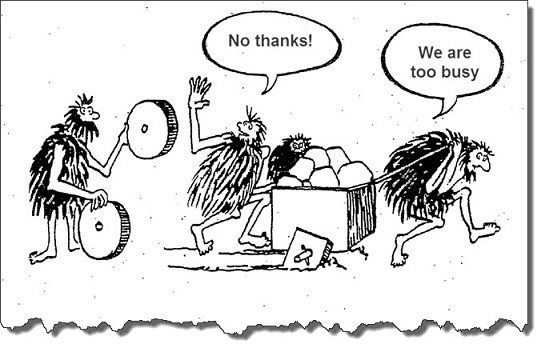 Last week, I had a lengthy phone call with an airport manager in the U.S. Snow-Belt, asking me about ideas, how to break up the silo thinking that keeps all his ideas about a common airport operations center as a basis for some A-CDM-style development from moving forward. Next winter approaching, he’s worried about repeating the past years’ experience of unnecessary delays. “The airline always knows better” he complained to me. If we offer them solution, it’s not theirs, so it’s being turned down. Communication is faulty and in crisis, everyone works on their own. #talkthetalk
Last week, I had a lengthy phone call with an airport manager in the U.S. Snow-Belt, asking me about ideas, how to break up the silo thinking that keeps all his ideas about a common airport operations center as a basis for some A-CDM-style development from moving forward. Next winter approaching, he’s worried about repeating the past years’ experience of unnecessary delays. “The airline always knows better” he complained to me. If we offer them solution, it’s not theirs, so it’s being turned down. Communication is faulty and in crisis, everyone works on their own. #talkthetalk
Passengers spend 156 Minutes at AMS
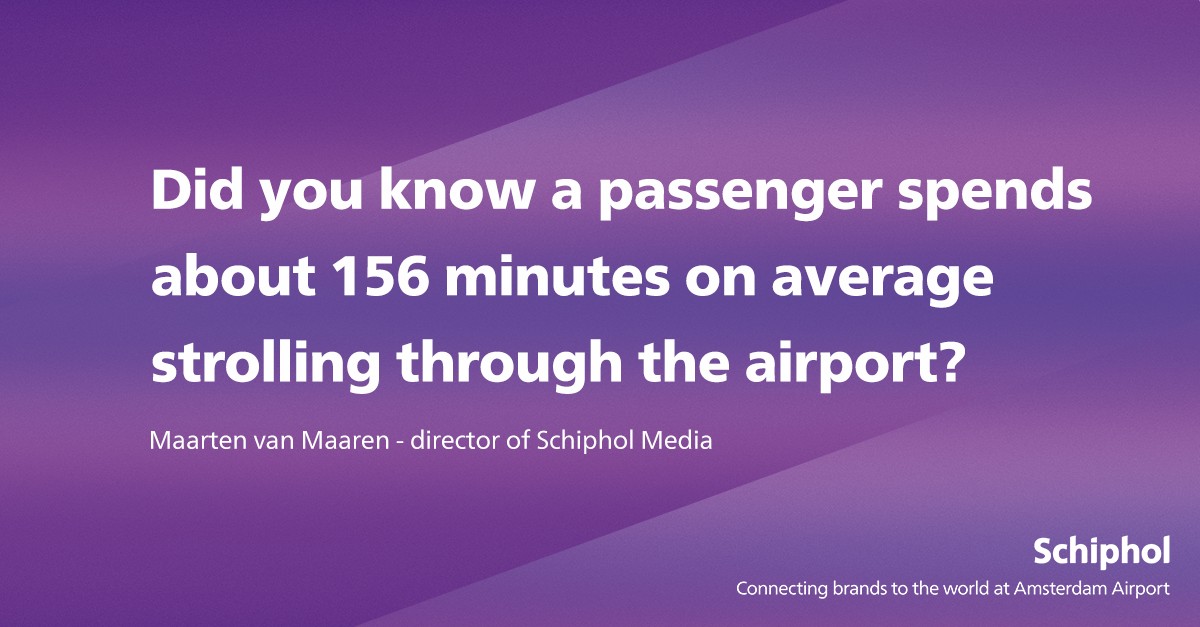 Now give me a break. When I read this “promo” on LinkedIn, is it just me, seeing the fault in it?
Now give me a break. When I read this “promo” on LinkedIn, is it just me, seeing the fault in it?
As I outlined 2011 and 2014 in my two posts about a contemporary check-in process, contemporary airport passenger processes, to be attractive for the passenger, we need to minimize the wait time, the “ineffective” time spend at airports! It’s the big advantage of regional aviation, to minimize airport spent time.
Planning my current travels, I will spend some time with the family in Northern Germany, in between two events in Switzerland. In both cases, traveling eight hours by train will reflect in several hundred Euros in cost savings, and adds less than an hour on the total travel time door-to-door. As no, the meetings are not in Zürich.
This reminded me of the time we pioneered online travel booking (today Amadeus’ Cytric™). Own story. But as I mentioned back in 2018, compared to those pioneering days, development has almost come to a halt, with just little cosmetics and changes to the functionalities. Very little real improvements.
Working on what was to become Cytric and the first commercially used corporate online booking tool, we discussed:
The Multimodal Approach
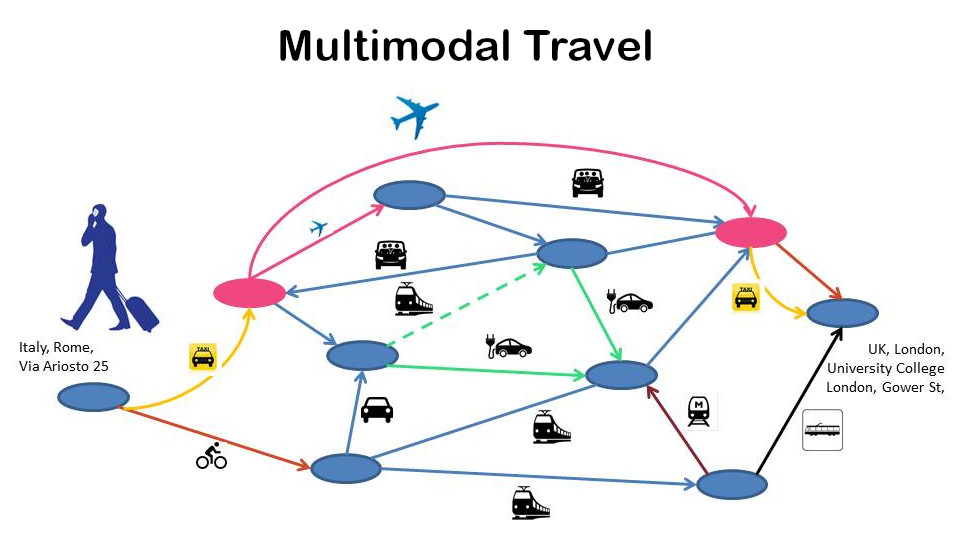 Our vision for what was to be Cytric, that we wanted to follow, a vision not existing now, 25 years later, was to enter the home address, the destination address and the system would provide you the best travel options for you to get to the airport using car, rail, taxi, whatever, fly towards your destination and again take rail, taxi, rental car, whatever, to get to where you needed to go.
Our vision for what was to be Cytric, that we wanted to follow, a vision not existing now, 25 years later, was to enter the home address, the destination address and the system would provide you the best travel options for you to get to the airport using car, rail, taxi, whatever, fly towards your destination and again take rail, taxi, rental car, whatever, to get to where you needed to go.
Back in those days, we already understood that it’s not about the flight. Or rail. The customer, especially the business traveler, needs to go somewhere. Getting to and from the airport, the check-in process and delays, connecting and waiting for the connecting flight, getting off the airport, all adds to the travel time. But even mighty Google only offers me to select one mode of transport, i.e. car, rail or flight… #talkthetalk
Travel Agent or Data Processor?
 Speaking about Business Travel Management, we don’t need data typists any more. In the good old days, travel agents were the experts, knowing how to get the traveler from A to B, halfway (or all) around the world… Then came the GDS and the travel agents became data interfaces to the big data accessed through travel computers being connected with mighty servers. Something we call cloud computing today, using “dummy terminals”. Using codes like AN19DECFRAMIA and SS1B1M2 to search for and book a flight. Or similar complicated tools to book a rail ticket.
Speaking about Business Travel Management, we don’t need data typists any more. In the good old days, travel agents were the experts, knowing how to get the traveler from A to B, halfway (or all) around the world… Then came the GDS and the travel agents became data interfaces to the big data accessed through travel computers being connected with mighty servers. Something we call cloud computing today, using “dummy terminals”. Using codes like AN19DECFRAMIA and SS1B1M2 to search for and book a flight. Or similar complicated tools to book a rail ticket.
(And yes, that’s me in the American Airline office back in 1987 at an “ICOT” terminal.)
Then we enabled online booking and all that easy trips anyone can “book” now without any help. But what if you want to combine several destinations? What if you’re not living in Frankfurt or Paris, but in a rural, small industrial town with not many flights? We need the real travel agents again. Not the data processors. We need travel experts, that require strong and ongoing training and some specialization to provide the customer with a solution to their travel needs. That think beyond computer algorithms and understand “cross tickets” or “interlining” or multimodal travel. That take into account getting from and to the transportation hubs. And less conservatism, opposition to change and other #talkthetalk
Total Travel Time
 It is why I believe we need regional aviation and we need more of it. Smaller aircraft, connecting secondary cities, offering quick and direct connection. Hubs are good for the global networks. And as I kept and keep emphasizing. Regional airports must not look out, how to get their locals out to the world. But to justify their existence, they need to bring the world to their regions! If that is by car, bus, train and/or flight is irrelevant for the passenger. To offer good connections at competitive cost and speed is the task at hand. And no, there is no reason for #flygskam if you do that right.
It is why I believe we need regional aviation and we need more of it. Smaller aircraft, connecting secondary cities, offering quick and direct connection. Hubs are good for the global networks. And as I kept and keep emphasizing. Regional airports must not look out, how to get their locals out to the world. But to justify their existence, they need to bring the world to their regions! If that is by car, bus, train and/or flight is irrelevant for the passenger. To offer good connections at competitive cost and speed is the task at hand. And no, there is no reason for #flygskam if you do that right.
We need holistic thinking. Beyond our petty box. And less #talkthetalk
The “C” in A-CDM
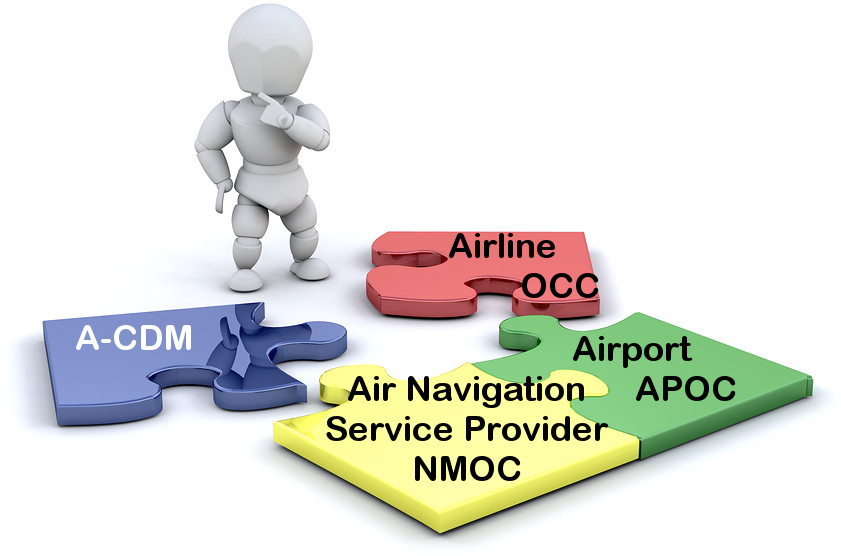 On the call from an aviation IT professional it triggered that A-CDM is for big airports only. Is it?
On the call from an aviation IT professional it triggered that A-CDM is for big airports only. Is it?
Also the first article today on LinkedIn was from my friend Kalle Keller about TAM (Total Airport Management) and A-CDM.
As I outlined in my articles on that topic and i.e. the article about the Polar Vortex + Collaboration, A-CDM is about the C: Collaboration! It’s not what EuroControl, with their own agenda of this, markets as A-CDM. Neither that “bible” of theirs, they call the Airport Collaborative Decision Making (A-CDM) Implementation Manual. A “bible” about everyone I speak to reads and believes it to be the holy grail. It isn’t.
 As I approached it back in 2016/17 and shared the learning curve at Passenger Terminal Expo 2017, the first step into A-CDM is and must always be a collaborative approach between the stakeholders at the airport. Systems and IT are secondary. Less than secondary! It is about tearing down siloes in the heads, between the stakeholders. The development of a common understanding of the common goal to optimize the processes for the greater good: A smooth management of airport operations beyond “the operations management”. Overall. Holistic.
As I approached it back in 2016/17 and shared the learning curve at Passenger Terminal Expo 2017, the first step into A-CDM is and must always be a collaborative approach between the stakeholders at the airport. Systems and IT are secondary. Less than secondary! It is about tearing down siloes in the heads, between the stakeholders. The development of a common understanding of the common goal to optimize the processes for the greater good: A smooth management of airport operations beyond “the operations management”. Overall. Holistic.
And unfortunately, only once you did your homework at the airport … or the airline … the air traffic control, only then you can reach out to integrate with other A-CDM systems. And beyond. Not behind paywalls, but sharing for joint process improvements.
But then I research airports and my birth country Germany, mighty pacemaker in A-CDM, the ANSP (German Air Traffic Control) hides the basic aviation data from the Aeronautical Information Publication (AIP) is hidden behind a paywall. So other sites, like OpenStreetMaps, Wikipedia, etc. are forced to use secondary sources. Are you kidding me? And yes, even for countries with a truly open AIP, we find some 10% of discrepancies on the data. As those AIPs are published as PDF, not as data tables to quickly update. And the IATA code search is full of airports defunct for years. As they simply “add” but never check… And hide their misery behind a paywall? #talkthetalk
OTA + NDC – Barrel Bursts
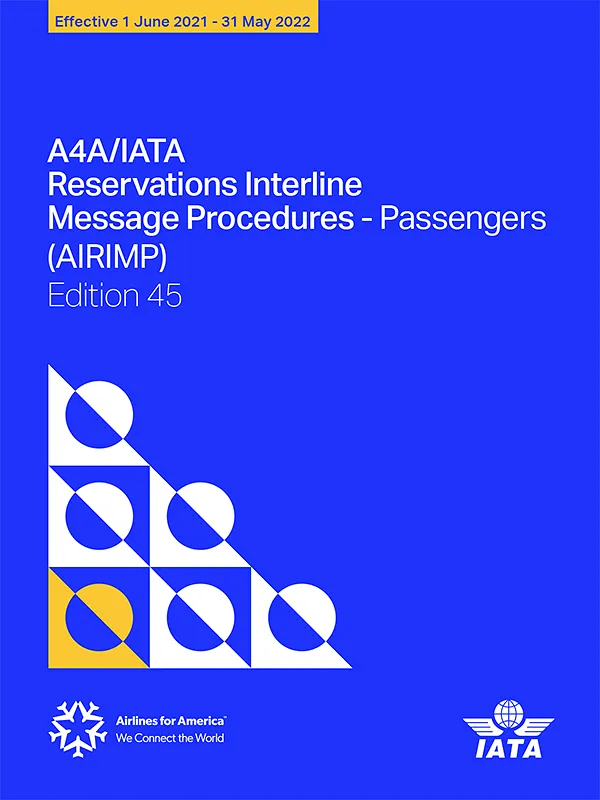 An older article addressed NDC, the “New Distribution Capability” as a barrel burst. And reminded me of my project back in 2006/07, when we tried to develop a common database for hotel-information (descriptive) based on the OpenTravel Alliance XML standards that I had originally worked on in the early days. The standard has been so blown-up, that you simply can’t “comply” with a standard set of features, but anyone can pick what they want and that not being the same that others use, we have an overblown “standard” that in practical life allows everyone to be compliant, but still speaking totally different languages.
An older article addressed NDC, the “New Distribution Capability” as a barrel burst. And reminded me of my project back in 2006/07, when we tried to develop a common database for hotel-information (descriptive) based on the OpenTravel Alliance XML standards that I had originally worked on in the early days. The standard has been so blown-up, that you simply can’t “comply” with a standard set of features, but anyone can pick what they want and that not being the same that others use, we have an overblown “standard” that in practical life allows everyone to be compliant, but still speaking totally different languages.
The same is with NDC. Original idea of NDC was to allow standard packaging of new or unique parts into the package. I recall early discussions when airlines started to unravel their travel packages and thought a way to package their individualized offers with new and unique ancillaries. The demand was to overcome the limitations of the smallest common denominator represented by the classic GDS. Nowadays, the GDS-ability to manage NDC is a key driver… In my opinion, the original intend was completely turned around. It’s now focused on a solution to put anything the airline comes up with in boxes that the GDS can manage.
As a bold example, we had the AIRIMP back in the 80s. To date, it is the smallest common denominator all airlines work with. Even though, a large number of functionalities specified in the AIRIMP are amiss in all those hip online (flight) booking interfaces (here’s the AIRIMP’s table of content). 26 years after we did the first commercial flight bookings on the web. Again a lot of #talkthetalk, tons of bold ideas how to make things better, whereas the basics are not yet covered? #talkthetalk
Disruption Management
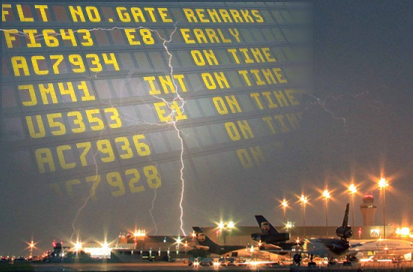
A-CDM and TAM are in a large part about disruption management. Ten years ago we talked about “situational awareness” to manage disruptions. And I ask the same question ever since. I would like to see a tool that reflects the contemporary visualization of not what hits us now, but to see, how our industry-partner’s efforts impact the setbacks from weather, technical etc. – to identify hours ahead bottlenecks from aircraft delays, crews exceeding their duty hours, technical problems, peaks exceeding capacity, ATC problems, ground problems.
To do this, we must exchange data in large scale. All I see is data siloes and paywalls and a distrust to share data, keeping defunct and outdated processes alive, but no vision of collaboration on an industry scale. That even no matter that the same data is available in island solutions on interfaces like flightradar or the individual airports’ websites. #talkthetalk
The Source of the Most Common Truth
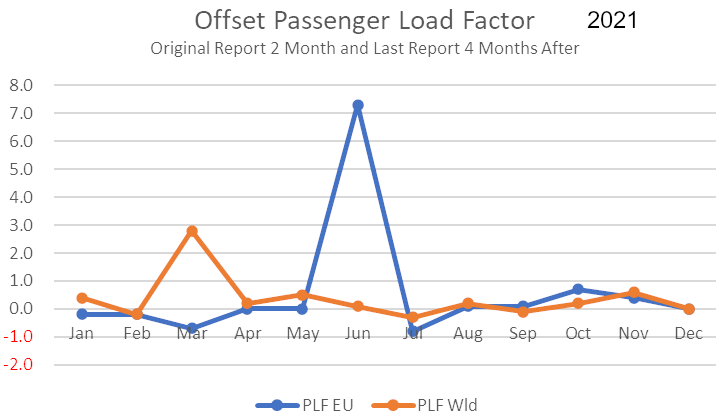 Our main problem is that our Powers-That-Be still consider themselves in a competition. Data is value, so put it in siloes. Where OpenStreetMap enabled mapping solutions, aviation data is still locked away. It takes two months until IATA publishes passenger data, after four months those numbers happen to differ substantially.
Our main problem is that our Powers-That-Be still consider themselves in a competition. Data is value, so put it in siloes. Where OpenStreetMap enabled mapping solutions, aviation data is still locked away. It takes two months until IATA publishes passenger data, after four months those numbers happen to differ substantially.
Looking at ICAO vs. the national AIP data, there are differences aplenty, worse even for IATA. So instead of working all together to manage common data together, we have different sources with different data. It is what I learned at SITA to be the art to find “The Source of the Most Common Truth”. There are industries living to develop and manage tools to overcome standard industry messages with airlines adding non-standard “features” to their messages, forcing rejects and delayed processing.
Back in 1995, Bill Gates spoke about the Internet about “Information at your Fingertips”. For the aviation, that is #talkthetalk
Status Quo + Outlook
 Where aviation in the 1960s to -80s was a pacemaker in global eCommerce, it is now limping behind. Can tell stories about replies from industry bodies when I informed them about factual mistakes in their data. And their ignorance shown by neither directing the report to their PTBs, nor updating the faulty information. Instead of working together to develop the aviation of the future, we have conservative forces in play that hinder real development. Be that about A-CDM, data interfaces, data intelligence. We limp behind and instead of doing, we #talkthetalk.
Where aviation in the 1960s to -80s was a pacemaker in global eCommerce, it is now limping behind. Can tell stories about replies from industry bodies when I informed them about factual mistakes in their data. And their ignorance shown by neither directing the report to their PTBs, nor updating the faulty information. Instead of working together to develop the aviation of the future, we have conservative forces in play that hinder real development. Be that about A-CDM, data interfaces, data intelligence. We limp behind and instead of doing, we #talkthetalk.
Sure the same is true on sustainable aviation, but that’s another topic I discussed and discuss in other blog articles.
To overcome this, we must strengthen IATA and ICAO and demand the change from our PTBs. Stop the paywalls, speed up the availability of LIVE KPIs. Once a flight is finished the data must be available. Not tomorrow. All else is #talkthetalk.
My humble opinion. Happy to discuss how we can encourage real CHANGE.
Food for Thought
Comments welcome
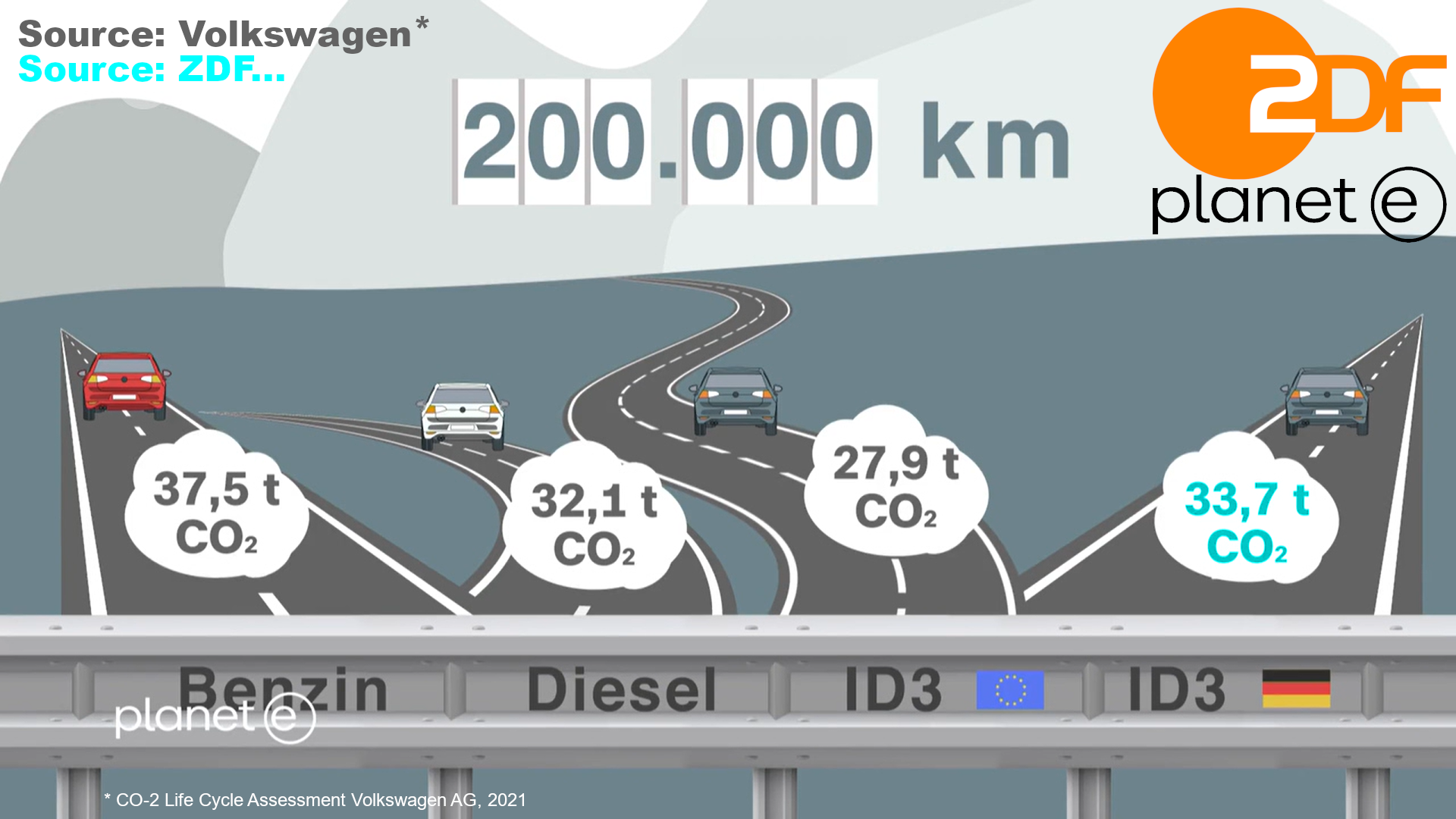

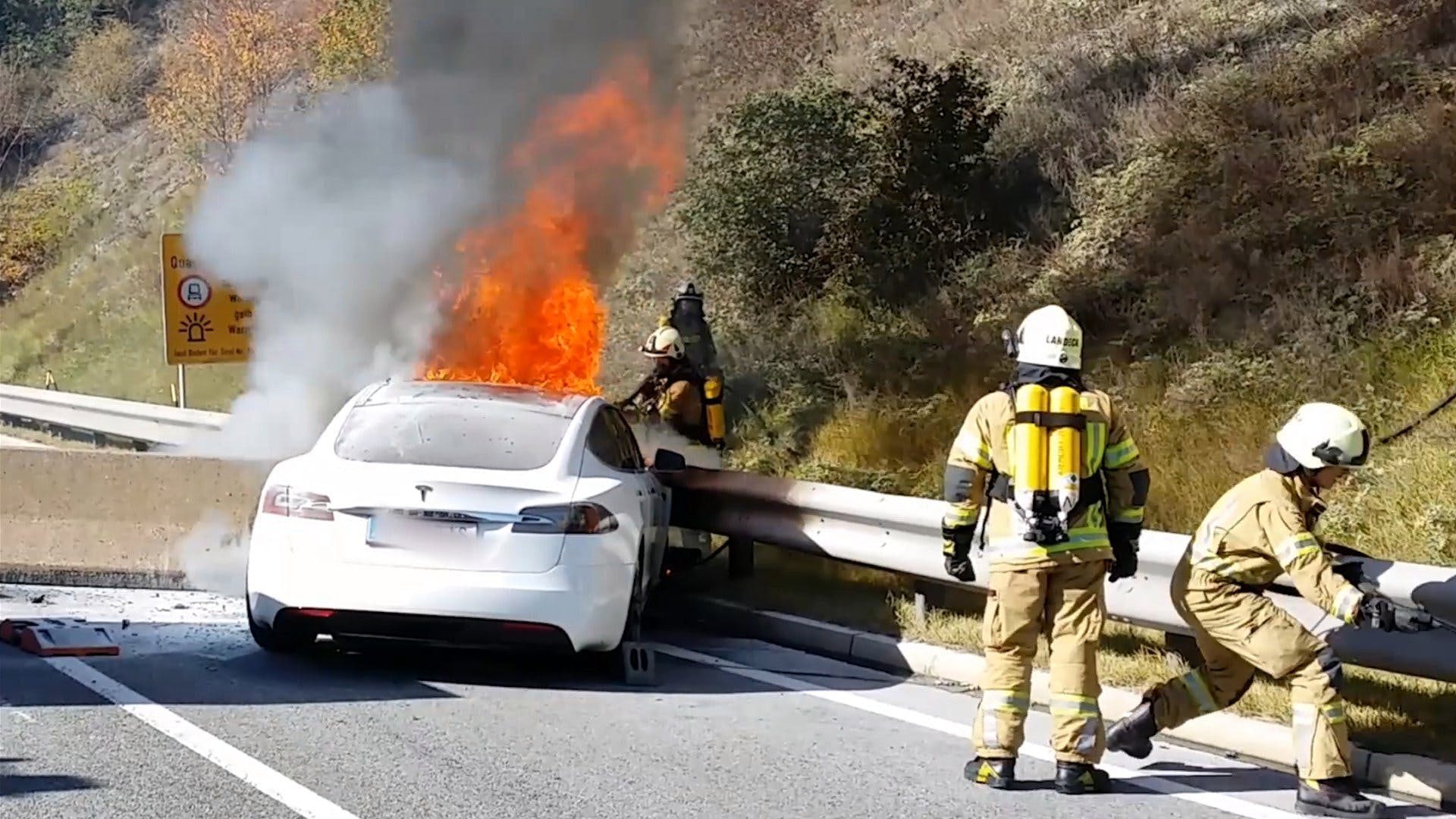 Another issue that slowly reaches the public is the issue of batteries catching fire. First major reports were on the
Another issue that slowly reaches the public is the issue of batteries catching fire. First major reports were on the  Worse, recently despite their relative low numbers, electric cars are increasingly reported to catch fire. Some at first loading at a standard, approved home loading facility, others while driving. Different from gasoline, a thermal runaway and the resulting battery explosions cause a much higher real danger to the cars passengers. And it does not help to distinguish the fire, but such car must be placed into a water tank for several days to cool down the batteries. And after a fire, such cars usually are beyond any recycling. The picture just one example of the many that can be found on the Internet.
Worse, recently despite their relative low numbers, electric cars are increasingly reported to catch fire. Some at first loading at a standard, approved home loading facility, others while driving. Different from gasoline, a thermal runaway and the resulting battery explosions cause a much higher real danger to the cars passengers. And it does not help to distinguish the fire, but such car must be placed into a water tank for several days to cool down the batteries. And after a fire, such cars usually are beyond any recycling. The picture just one example of the many that can be found on the Internet.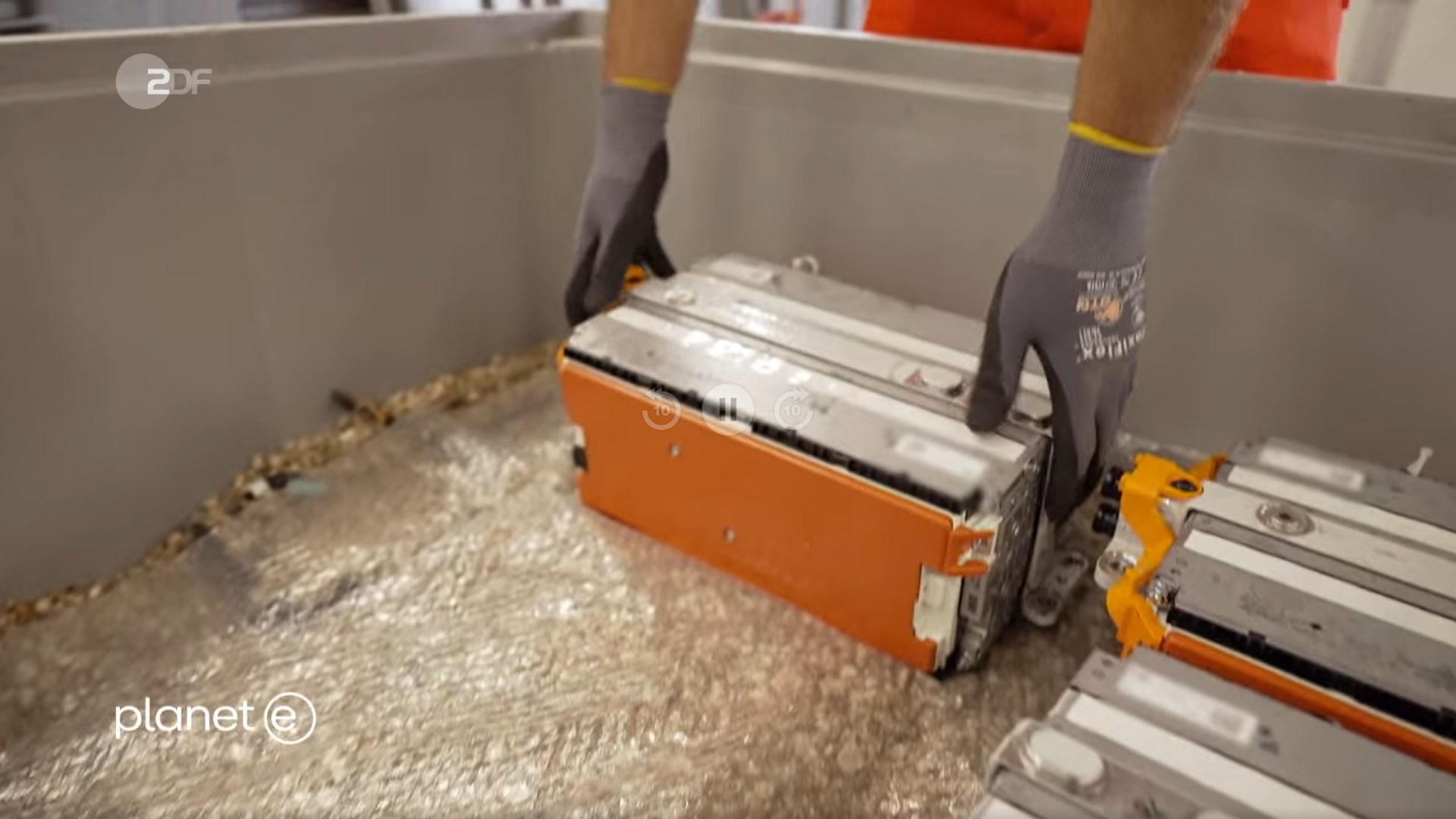 Incorrect disposal of Li-ion batteries can have a devastating environmental impact on the environment, sparking the need for recycling (
Incorrect disposal of Li-ion batteries can have a devastating environmental impact on the environment, sparking the need for recycling (
 German Automotive Club ADAC just recently reported the average range of electric cars being about 350 km (220 miles), up from 250 km (150 miles) five years ago. Thinking about my role as an airline sales manager some years ago, for a road trip, I traveled frequently more than 500 km a day. Then I shall load the car after a half day, sitting around while waiting? Keep in mind, that corporate fleets and rental cars are the main buyers of new cars! And they don’t buy them because they park them most of the time…?
German Automotive Club ADAC just recently reported the average range of electric cars being about 350 km (220 miles), up from 250 km (150 miles) five years ago. Thinking about my role as an airline sales manager some years ago, for a road trip, I traveled frequently more than 500 km a day. Then I shall load the car after a half day, sitting around while waiting? Keep in mind, that corporate fleets and rental cars are the main buyers of new cars! And they don’t buy them because they park them most of the time…? The new Volkswagen ID.4 uses 22.8 kWh per 100 km (Source
The new Volkswagen ID.4 uses 22.8 kWh per 100 km (Source 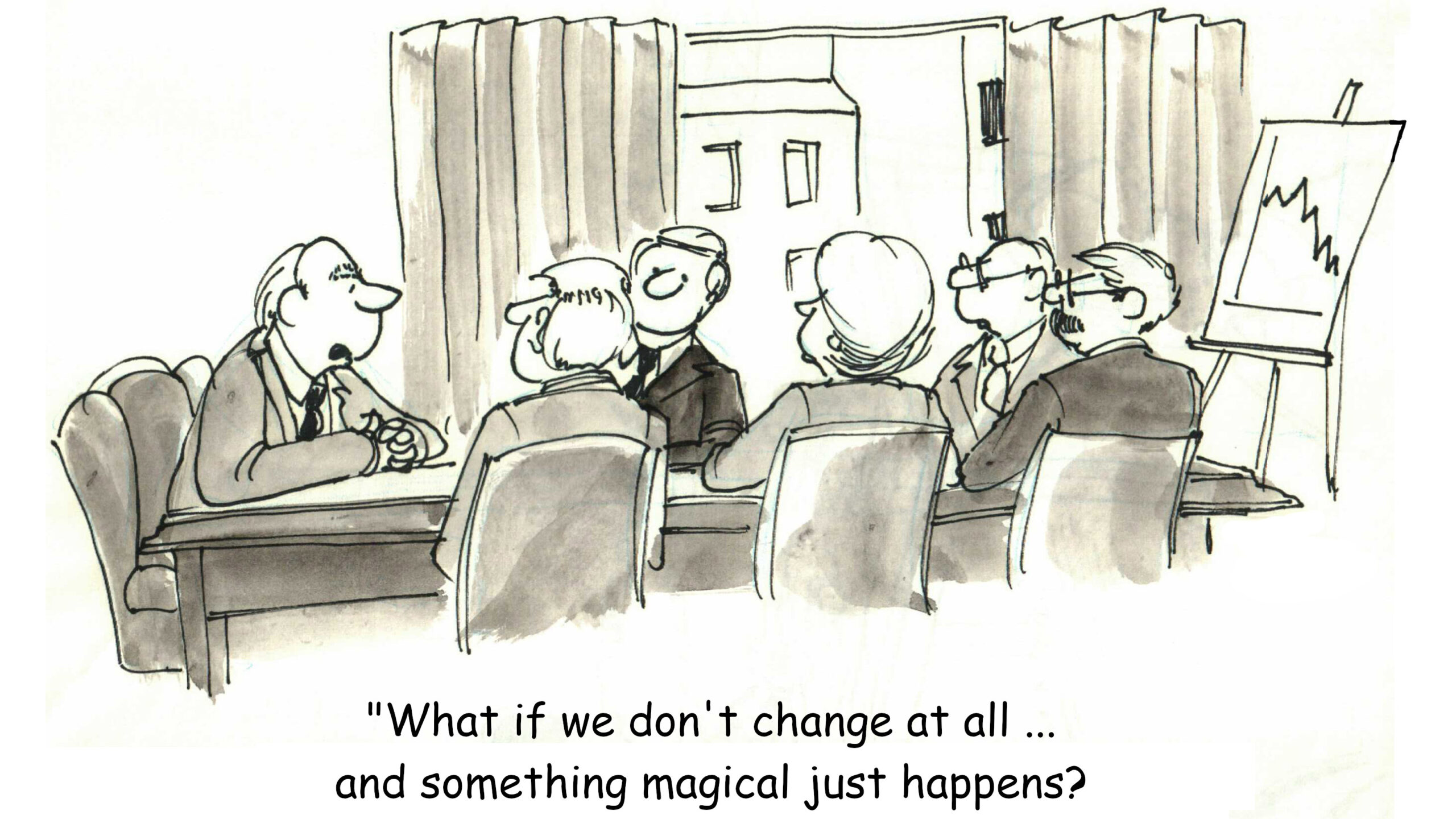 Like I found on the research for the
Like I found on the research for the  As I mentioned in my post about
As I mentioned in my post about  Ready Player One? I love SciFi. There’s a lot really good ideas how we could merge individual transportation needs with “public” transportation. But that’s SciFi. We need to take the best ideas and evolve our transportation to sustainable ways in the real world. We must reduce energy. Integrate transport modes. Why does it remind me of the question why the big train stations are not at the airports? The “new” Berlin Airport being a perfectly bad example on this!
Ready Player One? I love SciFi. There’s a lot really good ideas how we could merge individual transportation needs with “public” transportation. But that’s SciFi. We need to take the best ideas and evolve our transportation to sustainable ways in the real world. We must reduce energy. Integrate transport modes. Why does it remind me of the question why the big train stations are not at the airports? The “new” Berlin Airport being a perfectly bad example on this!


 SABRE
SABRE The only ones I see that manage their big data are actually Amazon, Google, Facebook. Recently learned that for any click on Amazon, they collect some 150 variables on their user. It’s frightening. Then they put you in boxes. Me? In a box? Me, an advocate for #thinkoutsidethebox …
The only ones I see that manage their big data are actually Amazon, Google, Facebook. Recently learned that for any click on Amazon, they collect some 150 variables on their user. It’s frightening. Then they put you in boxes. Me? In a box? Me, an advocate for #thinkoutsidethebox … In the early 2000s, I was actively supporting e-Mail SSL-encryption, using a service by SSL-provider Thawte. Their motto has settled in me: It’s a Trust Thing. Which is a human thing. And from years of experience I don’t trust “data”. Data does not look you in the eye, it does not understand grayscale, data is Zero or One. Black or White.
In the early 2000s, I was actively supporting e-Mail SSL-encryption, using a service by SSL-provider Thawte. Their motto has settled in me: It’s a Trust Thing. Which is a human thing. And from years of experience I don’t trust “data”. Data does not look you in the eye, it does not understand grayscale, data is Zero or One. Black or White.
 Is Big Data really something good? Or is it like the saying from the early 1980s: 1984 was already back in ’77. Just no-one realized it. And yes, that was Pre-Internet.
Is Big Data really something good? Or is it like the saying from the early 1980s: 1984 was already back in ’77. Just no-one realized it. And yes, that was Pre-Internet. As with everything, it’s a question about extremes. In itself, Big Data is not bad, but we need rules, especially ones addressing privacy and limitations. Like what separates the bad from the good? Just because they say so? I keep thinking about the 1998 movie
As with everything, it’s a question about extremes. In itself, Big Data is not bad, but we need rules, especially ones addressing privacy and limitations. Like what separates the bad from the good? Just because they say so? I keep thinking about the 1998 movie  The Sleeping Giant?
The Sleeping Giant?


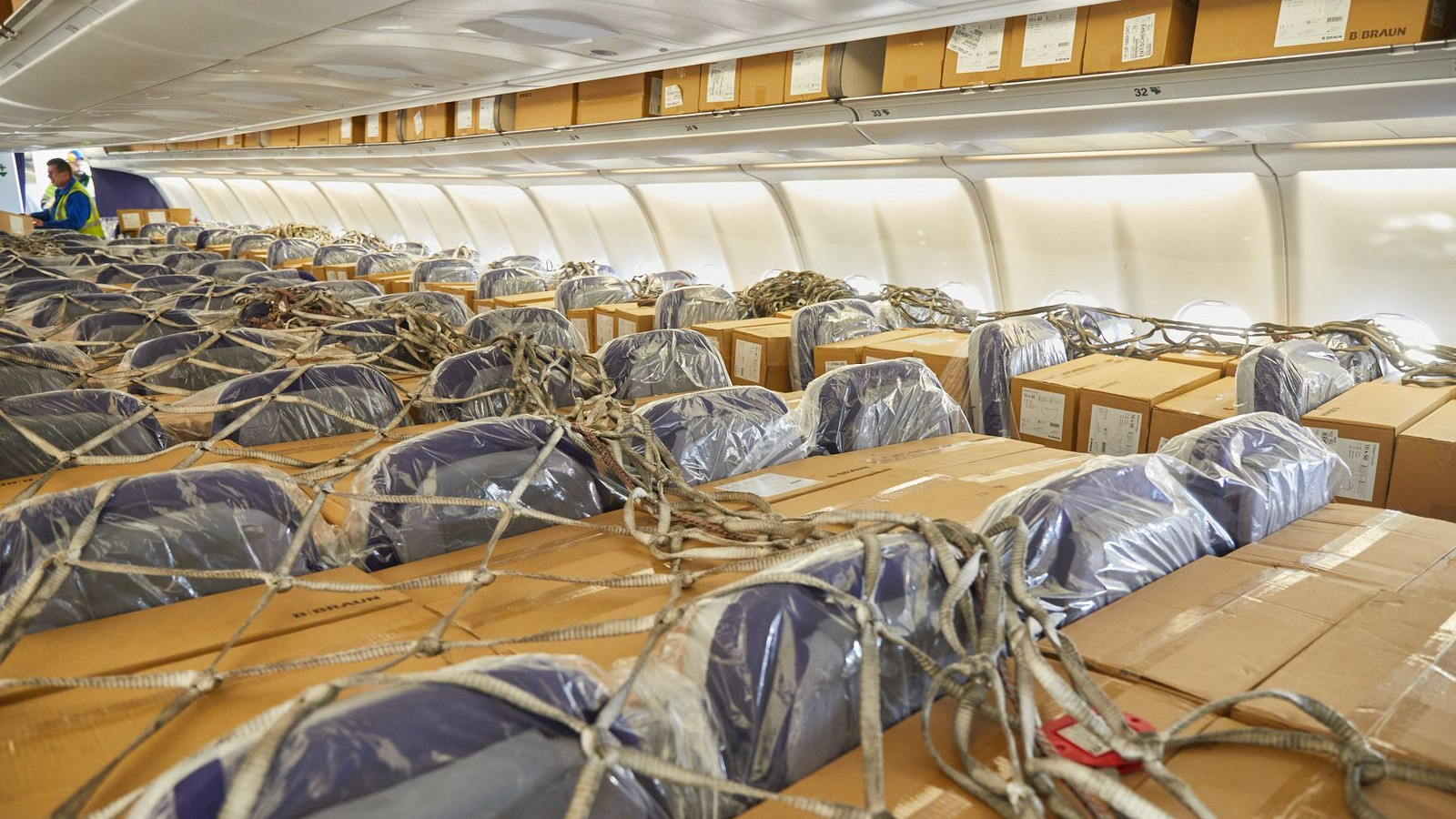 Freight Use + Repatriation Flights
Freight Use + Repatriation Flights Very visible is the mass grounding of large aircraft. The Airbus A380 is already no longer built, now airlines retire, decommission that aircraft in large numbers. Flightradar showed quite some of those aircraft being flown to the scrap-yards, also called aircraft graveyards. The same applies to many 747s, not being “parked”, but decommissioned. The same fate even seems to hit the Boeing 777. Coronavirus also seems to seal the fate of many Boeing 767. For all those aircraft, more than 80% are grounded – many of which are being decommissioned for good.
Very visible is the mass grounding of large aircraft. The Airbus A380 is already no longer built, now airlines retire, decommission that aircraft in large numbers. Flightradar showed quite some of those aircraft being flown to the scrap-yards, also called aircraft graveyards. The same applies to many 747s, not being “parked”, but decommissioned. The same fate even seems to hit the Boeing 777. Coronavirus also seems to seal the fate of many Boeing 767. For all those aircraft, more than 80% are grounded – many of which are being decommissioned for good.
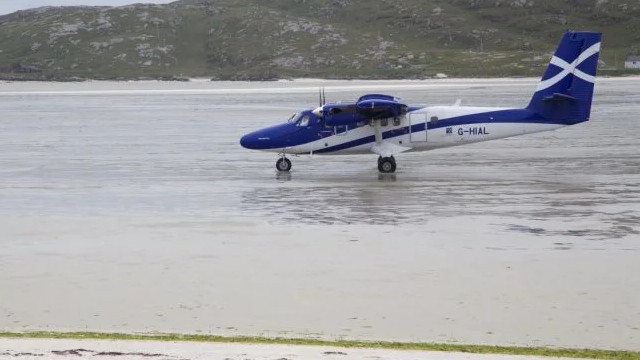 What stroke me odd was the Embraer E195, showing 75% grounded, as well as 65% of the E190s. Both very good aircraft. But very few, large operators grounding their Embraer fleet in favor or their Boeing/Airbus operations seem to have resulted in their large groundings.
What stroke me odd was the Embraer E195, showing 75% grounded, as well as 65% of the E190s. Both very good aircraft. But very few, large operators grounding their Embraer fleet in favor or their Boeing/Airbus operations seem to have resulted in their large groundings.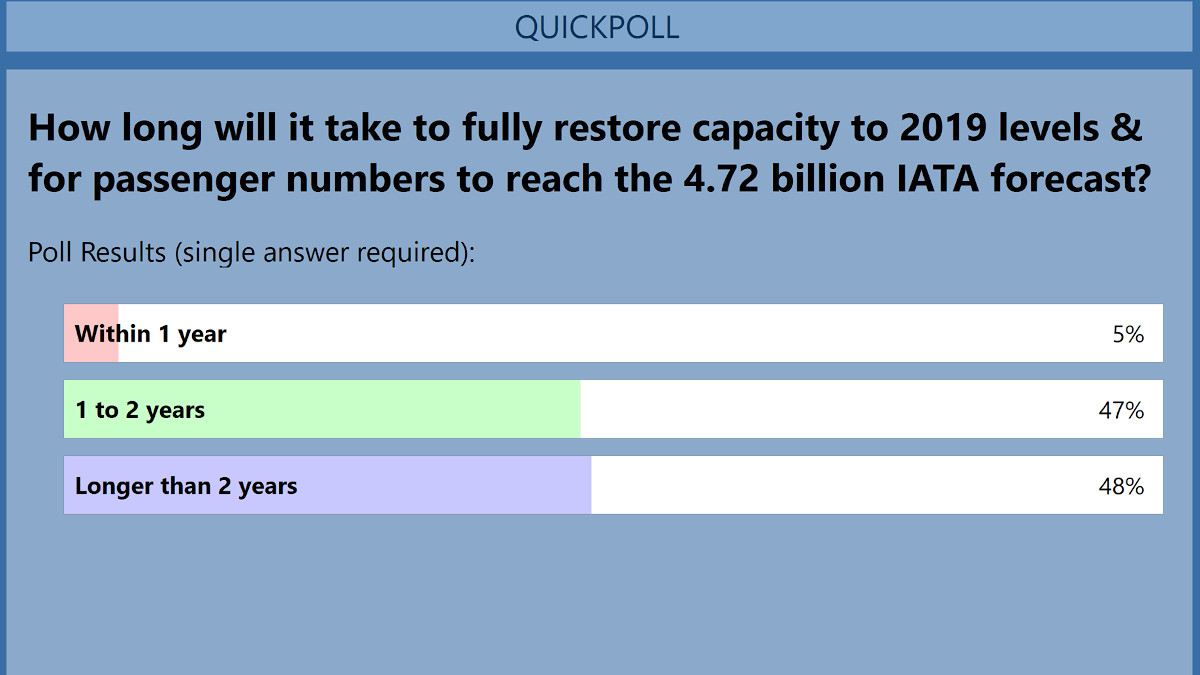 Optimists outlook is a two-year return to “normal” (AF/KL). Flightglobal headlines
Optimists outlook is a two-year return to “normal” (AF/KL). Flightglobal headlines  As outlines in my Corona Papers, IMF Managing Director Kristalina Georgieva warns of the
As outlines in my Corona Papers, IMF Managing Director Kristalina Georgieva warns of the 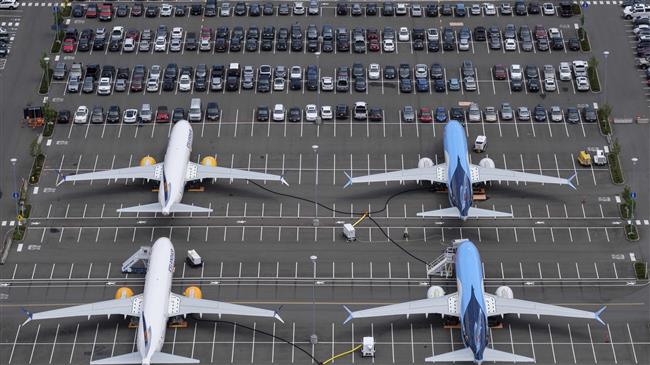 Now Flightglobal headlines that
Now Flightglobal headlines that  In a recent conference call, two attending tour operators flight purchasing managers emphasized a recovery on the basis of previously high density high volume routes. They emphasized that while VFR (visiting friends and relatives) will recover a bit faster, the “normal” traveler will be busy recovering their jobs and lives and income – they expect only very little demand for the typical vacation for 2020. And they, as tour operator flight experts raised a question: “Who will want to spend some hours in an airplane having the reputation of being a sardine can?” This will even impact the vacation travel in 2021 and beyond. There will be a revival of ground-based and localized travel at the expense of air travel. It will take time to recover from that blow.
In a recent conference call, two attending tour operators flight purchasing managers emphasized a recovery on the basis of previously high density high volume routes. They emphasized that while VFR (visiting friends and relatives) will recover a bit faster, the “normal” traveler will be busy recovering their jobs and lives and income – they expect only very little demand for the typical vacation for 2020. And they, as tour operator flight experts raised a question: “Who will want to spend some hours in an airplane having the reputation of being a sardine can?” This will even impact the vacation travel in 2021 and beyond. There will be a revival of ground-based and localized travel at the expense of air travel. It will take time to recover from that blow.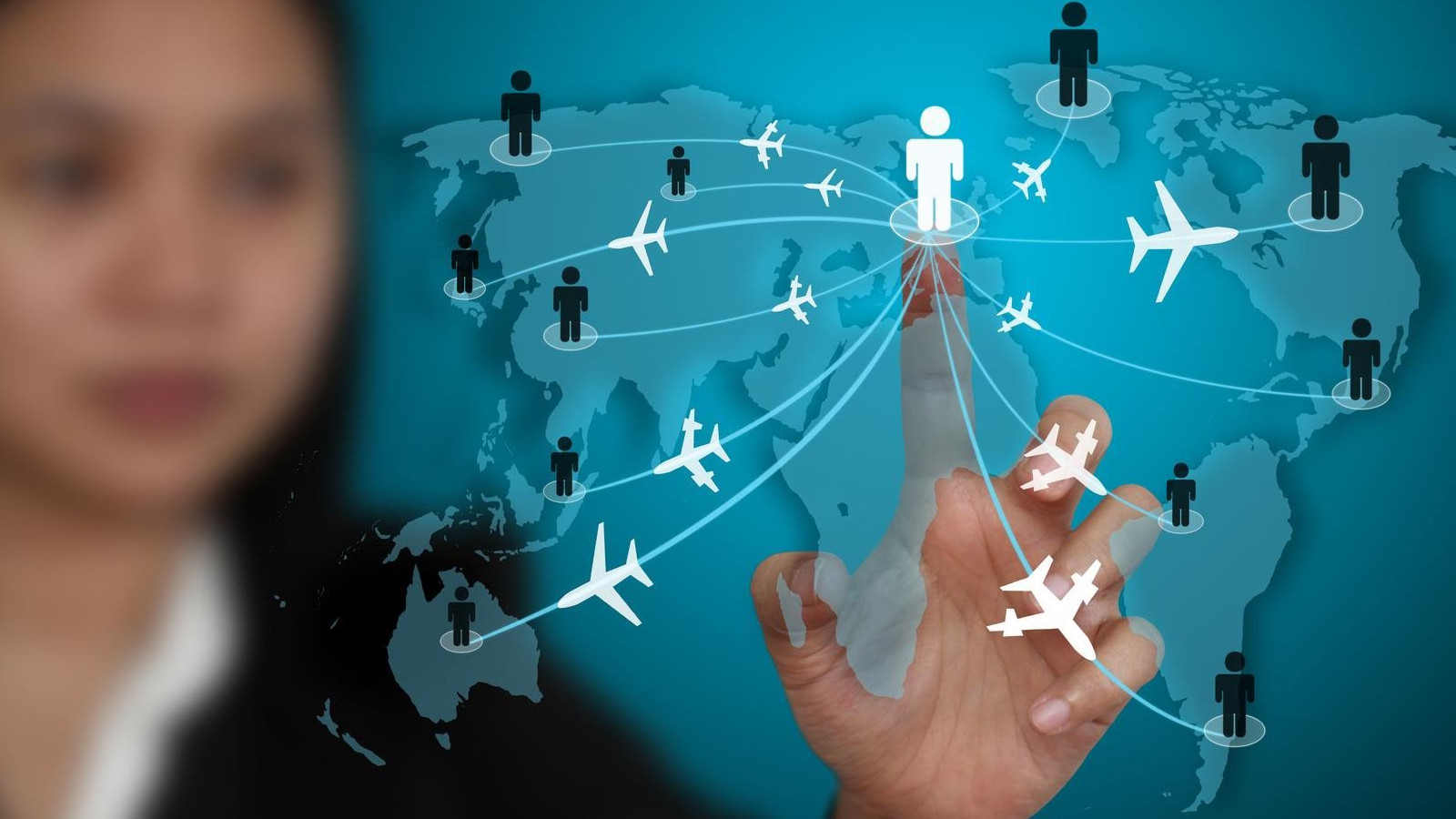 Business Travel
Business Travel An exception the BTMs mentioned: Travelers who went through the infection and are such immune and noncontagious may be the first to start traveling again. But it was also consensus that a comparison to flu vaccination would be not comparable, after all the hysterics we went through.
An exception the BTMs mentioned: Travelers who went through the infection and are such immune and noncontagious may be the first to start traveling again. But it was also consensus that a comparison to flu vaccination would be not comparable, after all the hysterics we went through.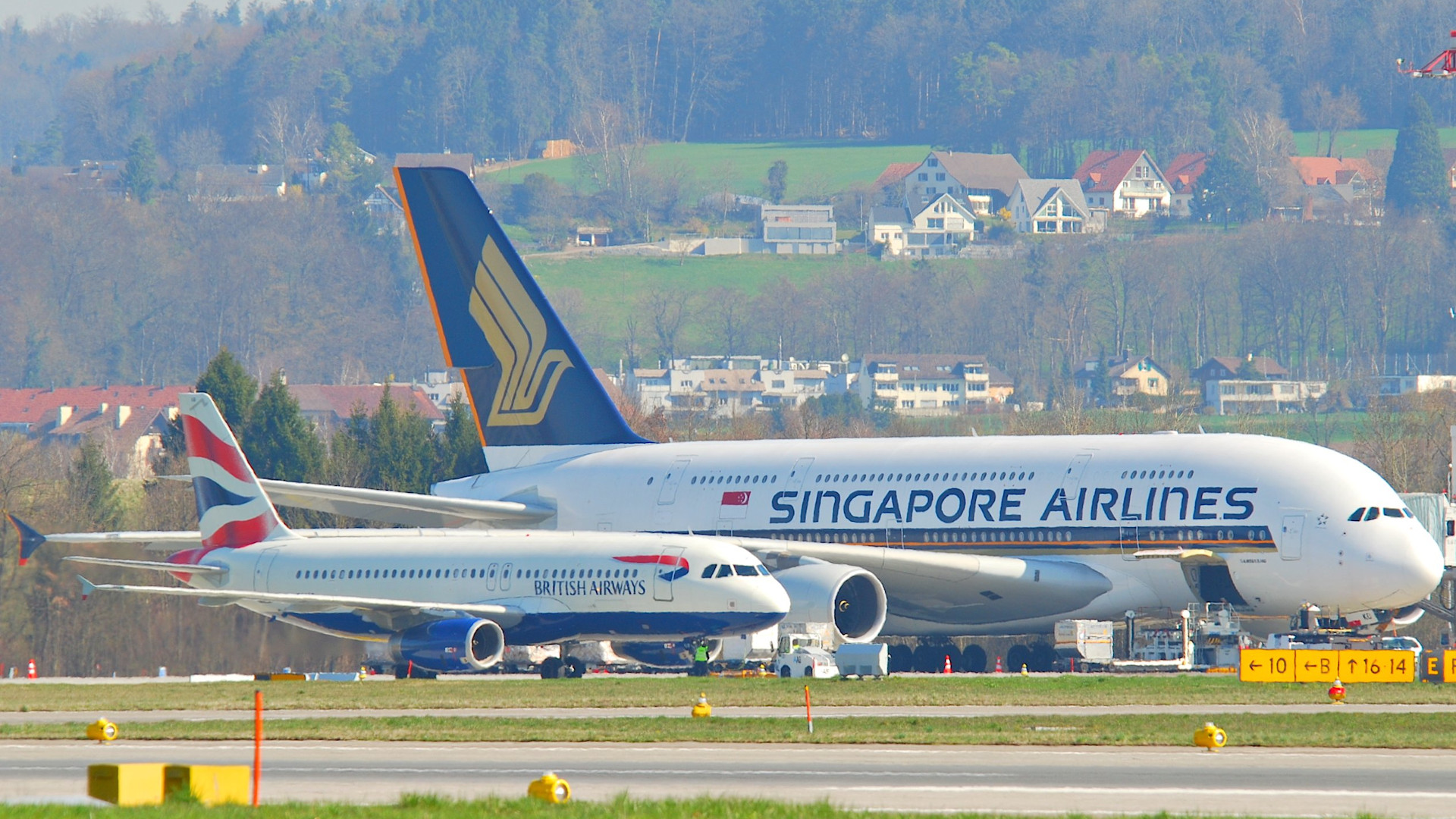 All this lead to the expectation that even on former high density routes, the use of B757, A321LR and such smaller airplanes may be the first routes to recover on long haul. Some very high density routes may recover using larger aircraft such as the remaining B747s or B777s. Where I see Emirates likely to stake their claims quickly, possibly even basing some of their aircraft out of country to serve remote routes.
All this lead to the expectation that even on former high density routes, the use of B757, A321LR and such smaller airplanes may be the first routes to recover on long haul. Some very high density routes may recover using larger aircraft such as the remaining B747s or B777s. Where I see Emirates likely to stake their claims quickly, possibly even basing some of their aircraft out of country to serve remote routes. As for the anticipated return in passenger numbers, except for the very high density routes like New York-London, airlines will start with shorter hub-to-hub-routes, like back in the 80s the availability of two-leg-connections between any two cities will be limited, three-leg connections again becoming quite normal. Expectation was also voiced that most operators will shelve most, if not all twin-aisle aircraft.
As for the anticipated return in passenger numbers, except for the very high density routes like New York-London, airlines will start with shorter hub-to-hub-routes, like back in the 80s the availability of two-leg-connections between any two cities will be limited, three-leg connections again becoming quite normal. Expectation was also voiced that most operators will shelve most, if not all twin-aisle aircraft.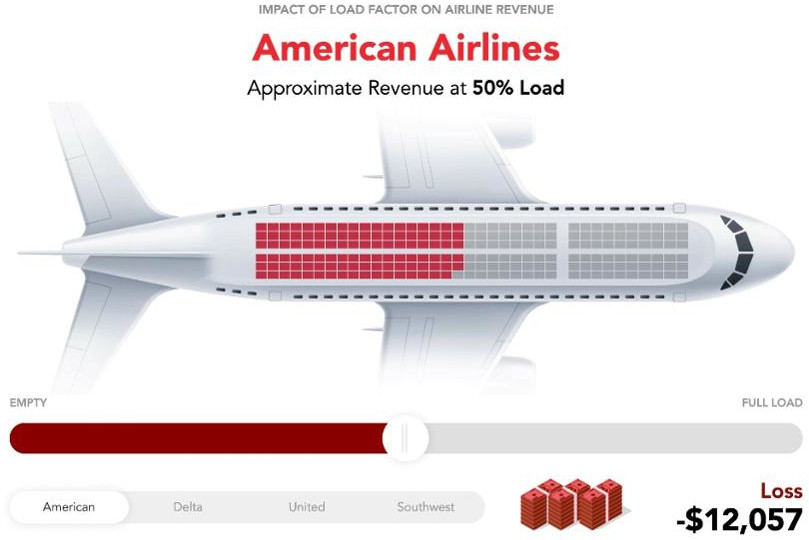 Given the expectation of questionable safety regarding load factors and demand for 150-240-seat aircraft, this will be a turning point for the low-cost industry. For a long time, I considered “low-cost” carriers (LCC) as a cost-sensitive regional aviation player. Connecting point-to-point without a focus on connecting traffic. As the fleets grew, the routes got longer, the LCCs started experimenting with classic concepts like GDS-sales, hub-services and connecting flights, etc., etc. As the classic airlines learned to adapt to the new competition. It was long questioned on conferences and other discussions, if you can still group LCCs, that dates back even to fierce discussions about the status of Air Berlin as a LCC.
Given the expectation of questionable safety regarding load factors and demand for 150-240-seat aircraft, this will be a turning point for the low-cost industry. For a long time, I considered “low-cost” carriers (LCC) as a cost-sensitive regional aviation player. Connecting point-to-point without a focus on connecting traffic. As the fleets grew, the routes got longer, the LCCs started experimenting with classic concepts like GDS-sales, hub-services and connecting flights, etc., etc. As the classic airlines learned to adapt to the new competition. It was long questioned on conferences and other discussions, if you can still group LCCs, that dates back even to fierce discussions about the status of Air Berlin as a LCC.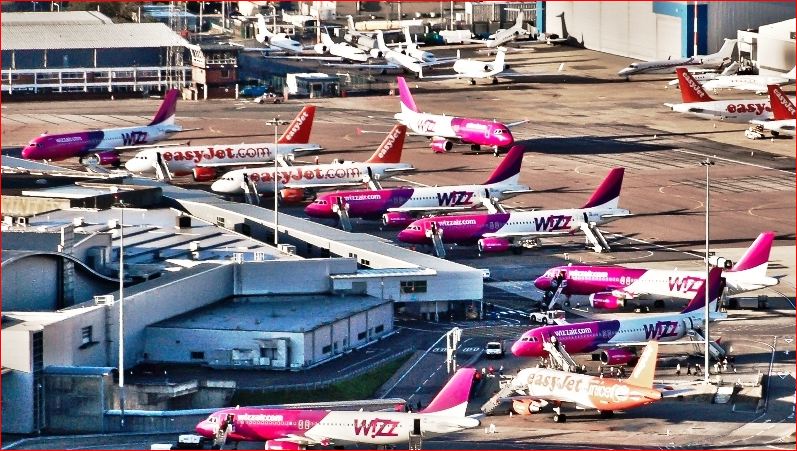 In most of the webinars, calls and discussions of the past weeks, the expectation was expressed that as regional flights were the last to be cancelled, they will be the first ones to recover. 150-240 seats are the domain of the former LCCs. There problem will be the very slow growth of passenger numbers post-crisis. Suddenly their “more seats” turn from benefit at full load into a severe challenge. Similar to tour operators, they will focus their recovery on the former high density routes. In a perfect scenario, they would slowly pick up speed. Realistically, they will rush it, risking a lot, flying below cost. How long they can sustain that must be seen. If aviation truly cuts back to traffic of the 1990s, the demand for flights served by 150-240 seat aircraft will be rather limited. A lot of Airbus-320- and Boeing-737-families’ aircraft will be grounded for time to come. With a devastating impact to aircraft leasing companies focusing on those aircraft.
In most of the webinars, calls and discussions of the past weeks, the expectation was expressed that as regional flights were the last to be cancelled, they will be the first ones to recover. 150-240 seats are the domain of the former LCCs. There problem will be the very slow growth of passenger numbers post-crisis. Suddenly their “more seats” turn from benefit at full load into a severe challenge. Similar to tour operators, they will focus their recovery on the former high density routes. In a perfect scenario, they would slowly pick up speed. Realistically, they will rush it, risking a lot, flying below cost. How long they can sustain that must be seen. If aviation truly cuts back to traffic of the 1990s, the demand for flights served by 150-240 seat aircraft will be rather limited. A lot of Airbus-320- and Boeing-737-families’ aircraft will be grounded for time to come. With a devastating impact to aircraft leasing companies focusing on those aircraft.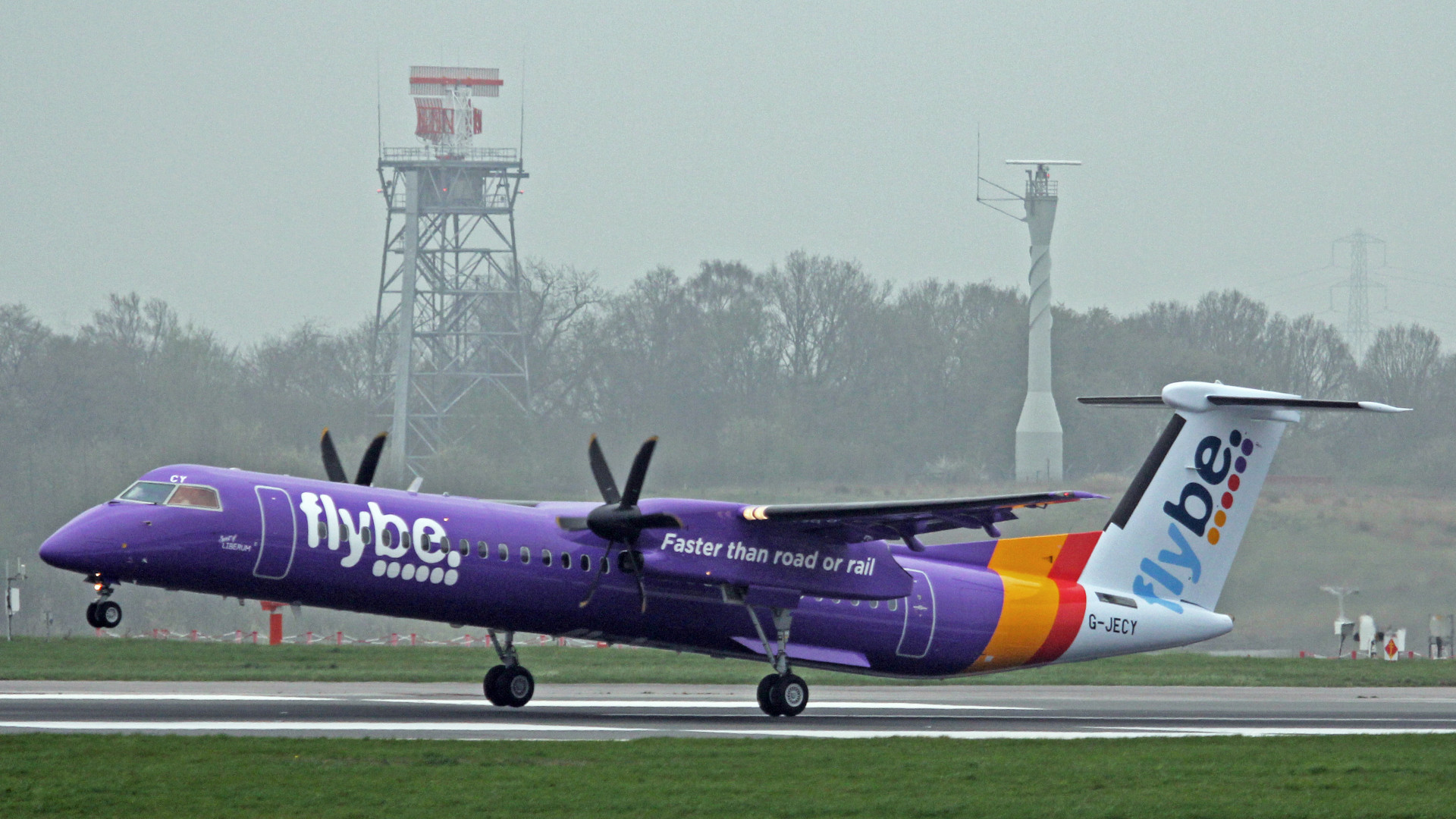
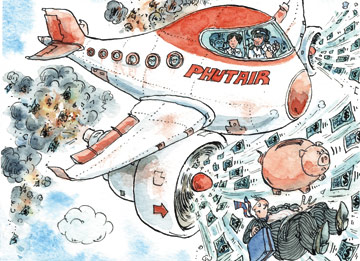 Pending question was if there will be enough consolidation to leave enough niches for the survivors. Or if the stabbing and fighting for routes will continue – with the pre-crisis effect on revenues and commercial sustainability of the air carriers. While we all expressed hope for the first, we all fear that airline managers will fall back into their old modus-operandi to focus on marked share and loads instead of revenue and profit.
Pending question was if there will be enough consolidation to leave enough niches for the survivors. Or if the stabbing and fighting for routes will continue – with the pre-crisis effect on revenues and commercial sustainability of the air carriers. While we all expressed hope for the first, we all fear that airline managers will fall back into their old modus-operandi to focus on marked share and loads instead of revenue and profit. The recovery will be slowed down as “low-cost” models at the beginning will such pose high risk – low return, airlines will need to focus initially on low load factors but the need to create profit after the drought.
The recovery will be slowed down as “low-cost” models at the beginning will such pose high risk – low return, airlines will need to focus initially on low load factors but the need to create profit after the drought.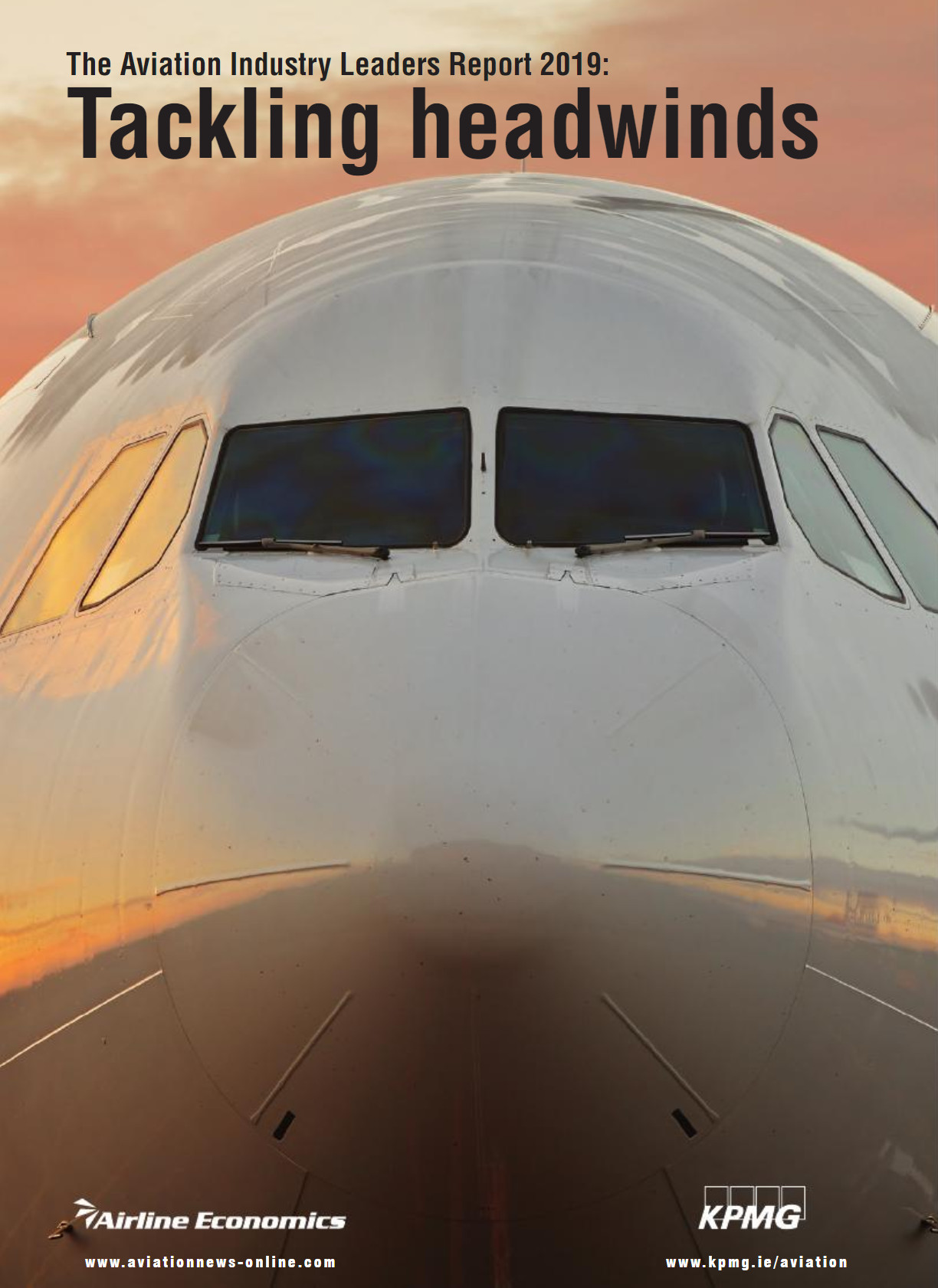 With
With 

 Now, surprise surprise, the current crisis proves that this is the very same with aircraft investors. If you just look at aircraft but have no idea how to use it, you’re doomed. It will work a while, it did work a while. But even before Corona, this model was doomed and I addressed it. If an investor invests into the aircraft but outsources (the risk of) the operation. Then those small failing airlines return the aircraft after not paying the bills for several months.
Now, surprise surprise, the current crisis proves that this is the very same with aircraft investors. If you just look at aircraft but have no idea how to use it, you’re doomed. It will work a while, it did work a while. But even before Corona, this model was doomed and I addressed it. If an investor invests into the aircraft but outsources (the risk of) the operation. Then those small failing airlines return the aircraft after not paying the bills for several months. Since starting to turn the idea that turned out to become
Since starting to turn the idea that turned out to become 
 Back in the 90’s, I became the honorary member of the
Back in the 90’s, I became the honorary member of the  Speaking about Sales Managers ignorance to the cost of their airline’s operation, I found the fish stinks from the head first being a true proverb. I’ve met too many investors, airline managers, airport managers, not understanding the cost involved. Then they try to compete on the price with the large, established airlines. I have no idea, what those managers learned, I heavily doubt the quality of university education…
Speaking about Sales Managers ignorance to the cost of their airline’s operation, I found the fish stinks from the head first being a true proverb. I’ve met too many investors, airline managers, airport managers, not understanding the cost involved. Then they try to compete on the price with the large, established airlines. I have no idea, what those managers learned, I heavily doubt the quality of university education…
 From Cobalt, Germany, Primera (alphabetical order), feedback said “disruption cost”, attributed i.e. to EU261 “passenger rights” to having been a major reason for their financial troubles. Still, most business plans, I was asked to have a look at last year failed to address that issue at all. Or they used “easyJet figures”, neglecting the fact that easyJet has a spare fleet to cover and minimize the effects of flight disruptions.
From Cobalt, Germany, Primera (alphabetical order), feedback said “disruption cost”, attributed i.e. to EU261 “passenger rights” to having been a major reason for their financial troubles. Still, most business plans, I was asked to have a look at last year failed to address that issue at all. Or they used “easyJet figures”, neglecting the fact that easyJet has a spare fleet to cover and minimize the effects of flight disruptions. Carolin McCall understood “service” to be a difference maker. Since her leave, very quickly they dropped from my “role model” and preferred airline to “me too”. Taking over aircraft from Air Berlin with additional and “bulkier” seats, I suddenly experienced less leg space. Their airport manager at one of their hubs found himself quickly “obsolete”, the new paradigm being “cost savings”. In turn they seized my (half-sized) cabin bag due to “full overheads”. Aside the seat next to me being empty, there was more than enough space below the seat. Heard meanwhile from many frequent flyers they no longer wait if they have an aisle seat but make sure they have their seat and the cabin baggage with them. Would be indeed interesting to have some statistics how that impacts boarding time.
Carolin McCall understood “service” to be a difference maker. Since her leave, very quickly they dropped from my “role model” and preferred airline to “me too”. Taking over aircraft from Air Berlin with additional and “bulkier” seats, I suddenly experienced less leg space. Their airport manager at one of their hubs found himself quickly “obsolete”, the new paradigm being “cost savings”. In turn they seized my (half-sized) cabin bag due to “full overheads”. Aside the seat next to me being empty, there was more than enough space below the seat. Heard meanwhile from many frequent flyers they no longer wait if they have an aisle seat but make sure they have their seat and the cabin baggage with them. Would be indeed interesting to have some statistics how that impacts boarding time.



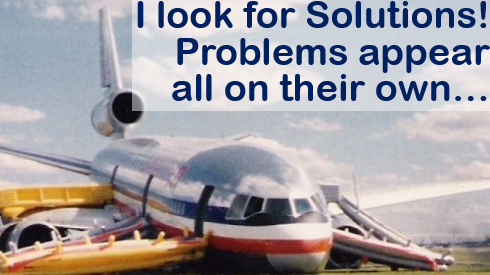



 Clear as can be, there is no “software panacea” either. In North America, the closest thing in my experience is
Clear as can be, there is no “software panacea” either. In North America, the closest thing in my experience is 
![“Our Heads Are Round so our Thoughts Can Change Direction” [Francis Picabia]](https://foodforthought.barthel.eu/wp-content/uploads/2021/10/Picabia-Francis-Round-Heads.jpg)
 As many of the readers of this blog know, I am somewhat personally attached to that little airport in Central Germany, Erfurt-Weimar.
As many of the readers of this blog know, I am somewhat personally attached to that little airport in Central Germany, Erfurt-Weimar.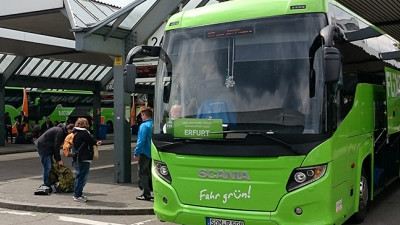 First day at work, the GM of Tourism Thuringia, Bärbel Grönegres was quoted in the local newspaper (TA, 02Mar09), having visited the United Arab Emirates to promote medical tourism to Thuringia. Having a Munich-Erfurt flight by Lufthansa-Partner
First day at work, the GM of Tourism Thuringia, Bärbel Grönegres was quoted in the local newspaper (TA, 02Mar09), having visited the United Arab Emirates to promote medical tourism to Thuringia. Having a Munich-Erfurt flight by Lufthansa-Partner  The next winter, the Thuringian Olympic athletes brought home a record number of medals. But at the following ITB, it was more important to promote
The next winter, the Thuringian Olympic athletes brought home a record number of medals. But at the following ITB, it was more important to promote 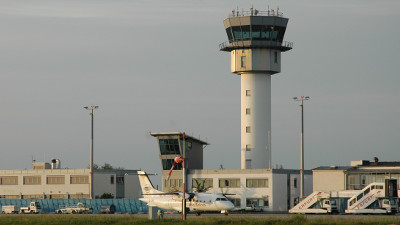 In order to promote the government-funded route, after fierce discussions, Cirrus Airlines agreed to offer a low-cost ticket at 99€ return, having only about 6€ after the high taxes on the ticket. That offer was made available especially to the Thuringian government offices and the state development agency (LEG). Nevertheless, LEG planned and executed delegations traveling with the train to Berlin to take flights from Berlin, instead of promoting the route. The same also for the ministries and ministers. Even the responsible minister taking flights from Frankfurt and Munich instead of using the PSO-route he signed responsible for. During the months we’ve actively promoted that 99€-fare also to the industry and the travel agencies and also had it largely available, not one of the flights used up the 99€ tickets allocated to them. Being at the verge of a bankruptcy, Cirrus Airlines finally ceased to operate that route in December 2010.
In order to promote the government-funded route, after fierce discussions, Cirrus Airlines agreed to offer a low-cost ticket at 99€ return, having only about 6€ after the high taxes on the ticket. That offer was made available especially to the Thuringian government offices and the state development agency (LEG). Nevertheless, LEG planned and executed delegations traveling with the train to Berlin to take flights from Berlin, instead of promoting the route. The same also for the ministries and ministers. Even the responsible minister taking flights from Frankfurt and Munich instead of using the PSO-route he signed responsible for. During the months we’ve actively promoted that 99€-fare also to the industry and the travel agencies and also had it largely available, not one of the flights used up the 99€ tickets allocated to them. Being at the verge of a bankruptcy, Cirrus Airlines finally ceased to operate that route in December 2010.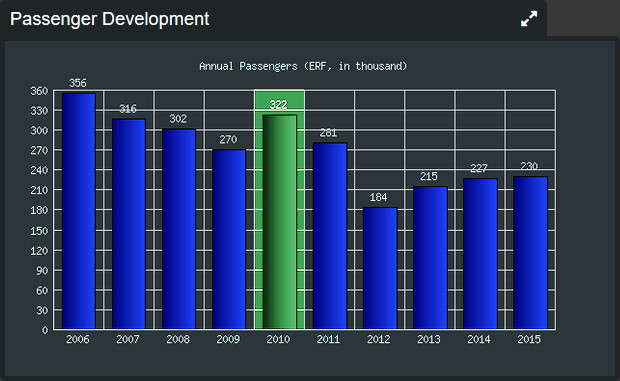 By the time, working with the local industry associations, political parties I have been able to increase the passenger numbers by about 20 percent. In fact, to date, the airport is far from the 320 thousand passengers I left them with. With Weimar being the neighboring but historically better known city internationally, I pushed forward the renaming to Erfurt-Weimar with the attempt to improve the incoming for the airport. Paid almost completely from the limited marketing budget. A strategic decision executed after our parting-of-ways in December 2010 after my two-year contract was not extended in the wake of the retreat of Cirrus Airlines. A strategic decision though made obsolete by the “political” decision by traffic minister Christian Carius to not replace the route as I recommended with an Amsterdam-service. Sad decision indeed, as with our parting ways, the discussions with KLM were simply discontinued (KLM calling my number reached someone speaking German only, I was gone) and despite their interest in a PSO (public service obligation) financial route support, we had discussed flights based on mere startup incentives and marketing support.
By the time, working with the local industry associations, political parties I have been able to increase the passenger numbers by about 20 percent. In fact, to date, the airport is far from the 320 thousand passengers I left them with. With Weimar being the neighboring but historically better known city internationally, I pushed forward the renaming to Erfurt-Weimar with the attempt to improve the incoming for the airport. Paid almost completely from the limited marketing budget. A strategic decision executed after our parting-of-ways in December 2010 after my two-year contract was not extended in the wake of the retreat of Cirrus Airlines. A strategic decision though made obsolete by the “political” decision by traffic minister Christian Carius to not replace the route as I recommended with an Amsterdam-service. Sad decision indeed, as with our parting ways, the discussions with KLM were simply discontinued (KLM calling my number reached someone speaking German only, I was gone) and despite their interest in a PSO (public service obligation) financial route support, we had discussed flights based on mere startup incentives and marketing support. Opposing myself ongoing subsidies, to demand a route but to leave the (substantial) risk completely with the airline is neither the answer. Whereas comparing the
Opposing myself ongoing subsidies, to demand a route but to leave the (substantial) risk completely with the airline is neither the answer. Whereas comparing the 
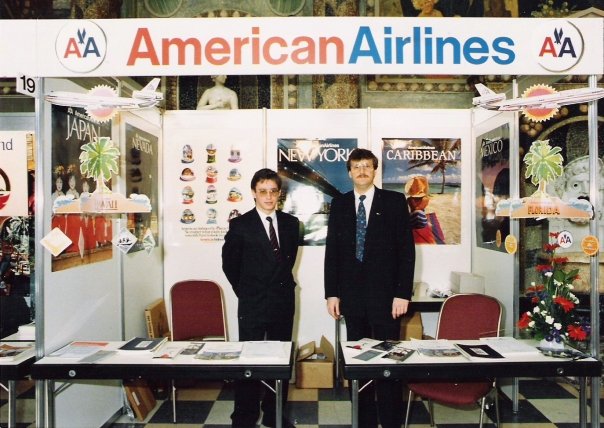 Now since I started in aviation 30 years ago, the market has drastically changed. In the good old days, there were (often highly subsidized) “national airlines”, used to promote the country. Back in my early days, the airlines were the executive for the tourist offices and also worked closely with commercial development agencies. But ever since, those national airlines have either adapted or went out of business. The emerging “low cost” airlines virtually evaporated the income of the airlines, competition becoming fierce.
Now since I started in aviation 30 years ago, the market has drastically changed. In the good old days, there were (often highly subsidized) “national airlines”, used to promote the country. Back in my early days, the airlines were the executive for the tourist offices and also worked closely with commercial development agencies. But ever since, those national airlines have either adapted or went out of business. The emerging “low cost” airlines virtually evaporated the income of the airlines, competition becoming fierce. As I keep emphasizing with my updated image of
As I keep emphasizing with my updated image of 

 The last weeks were rather challenging. Speaking at Passenger Terminal Expo on Data Silos, Silo Thinking and the need to Tear Down the Walls, Yulia and I also worked on the update of the airport passenger statistics, adding movements to the database to expand our information. And we fell right back into
The last weeks were rather challenging. Speaking at Passenger Terminal Expo on Data Silos, Silo Thinking and the need to Tear Down the Walls, Yulia and I also worked on the update of the airport passenger statistics, adding movements to the database to expand our information. And we fell right back into 
 ANNA.aero maintains what they call the
ANNA.aero maintains what they call the 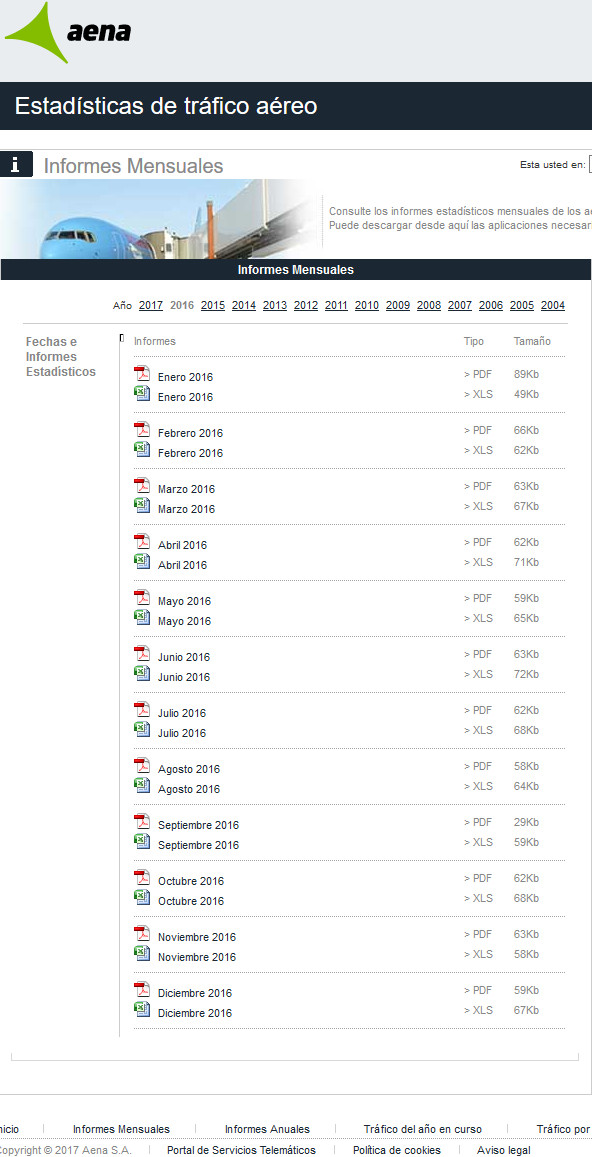 We find several sources for public accessible data. Sometimes you find it on the airport’s own website, somewhere in “Statistics”, sometimes in a press release, usually not in one, but in 12 press releases (see image). And even when publishing the annual numbers in one file, the file comes as a PDF, formatted that they cannot be extracted into a table but copy into one value a line. On a complex table, that renders that useless. So the airport forces users of their data to write the data off the PDF? You can’t be serious, can you?? Sometimes national airport associations publish the data, usually monthly. After we found them to occasionally change the formatting and order even within a given year, we double-check that on the import, burning valuable time. Then we learned to now download monthly data before the annual one was available, as we also happened to fall the trap of intermittent changes (see ANNA.aero). Many such files do not contain the airport codes. But the airport name in the national language. Upper case. No, that does not compute easily and is prone to cause data errors.
We find several sources for public accessible data. Sometimes you find it on the airport’s own website, somewhere in “Statistics”, sometimes in a press release, usually not in one, but in 12 press releases (see image). And even when publishing the annual numbers in one file, the file comes as a PDF, formatted that they cannot be extracted into a table but copy into one value a line. On a complex table, that renders that useless. So the airport forces users of their data to write the data off the PDF? You can’t be serious, can you?? Sometimes national airport associations publish the data, usually monthly. After we found them to occasionally change the formatting and order even within a given year, we double-check that on the import, burning valuable time. Then we learned to now download monthly data before the annual one was available, as we also happened to fall the trap of intermittent changes (see ANNA.aero). Many such files do not contain the airport codes. But the airport name in the national language. Upper case. No, that does not compute easily and is prone to cause data errors.



